- Bitcoin Mining Centralization Surges: Antpool and Viabtc’s recent 51.43% control of Bitcoin’s hashrate mirrors patterns from 2013, reigniting concerns about miner concentration.
- Balancing Act in Bitcoin Mining: Resurgence in miner centralization, reminiscent of 2013, prompts discussions on maintaining a delicate balance between centralized control and blockchain integrity.
- New Concerns Emerge: Beyond concentration worries, the involvement of regulatory bodies like OFAC introduces complexities, shifting concerns to miners’ discretion in transaction selection, shaping a dynamic landscape for Bitcoin mining.
Bitcoin’s mining landscape is experiencing a significant shift, with a return to concentration reminiscent of a decade ago. While the crypto community once grappled with concerns over centralization, recent data reveals a resurgence in mining pool dominance, stirring debates reminiscent of 2013.
The Rise of Dominant Players
In the past three days, Antpool and Viabtc jointly commanded 51.43% of Bitcoin’s total hashrate, rekindling discussions about mining concentration. Drawing parallels to 2013, when Ghash and Btc Guild controlled 55% of the hashrate, the current scenario mirrors a concentration not seen since that time.
Lessons from the Past: 2013 Incident
The mining landscape’s current centralization evokes memories of 2013 when Btc Guild and Ghash held sway. A notable incident in March 2013 involved an accidental fork, prompting discussions about Bitcoin’s decentralization. The collaboration between Btc Guild and developers to roll back the software underscored the delicate balance between centralized control and blockchain integrity.
Miner Centralization Patterns
Comparisons between the current landscape and 2013 reveal a resurgence of miner centralization. In 2016, Antpool and F2pool held 32.25% of the hashrate, whereas in 2022, Foundry USA and Antpool commanded a combined 38.47%. The ebb and flow of centralization witnessed in recent years underscore the ongoing challenges to maintaining a decentralized mining ecosystem.
Transaction Filtering and Censorship Concerns
Recent dominance by Antpool and Foundry, comprising 51.43% of the hashrate, raises concerns beyond the traditional worries of 51% attacks. The potential for transaction censorship within the hashrate and consensus discussions among the crypto community has become a focal point. The involvement of the U.S. Treasury’s Office of Foreign Assets Control (OFAC) in blacklisting crypto addresses adds a layer of complexity, as miners gain discretion over transaction selection.
Challenges and Criticisms
Challenges extend beyond concentration to potential censorship issues. Instances like Marathon’s brief OFAC compliance and F2pool’s filtering of transactions linked to sanctioned addresses reveal the delicate balance between regulatory compliance and decentralization. Ocean Pool’s criticism for censoring transactions further highlights the evolving landscape of bitcoin mining.
Navigating a Dynamic Ecosystem
The ever-changing dynamics of bitcoin mining, marked by shifting centralization and emerging concerns over transaction censorship, demand constant vigilance. As the community navigates challenges to Bitcoin’s decentralization ethos, ongoing debates about the network’s integrity and the future of bitcoin mining become crucial.



